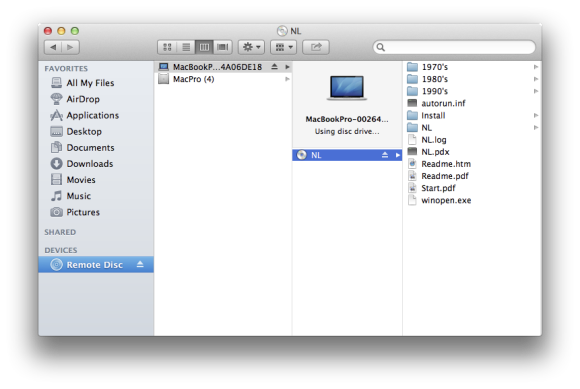Optical Drives. Pioneer provides high quality computer accessories. Products from SATA and USB Blu-ray and DVD burners, to on-ear or earbud headphones and USB powered computer speakers. DriverHive is a driver updater service that will scan your computer's installed devices, identify the best fitting drivers and provide them in an easy, convenient format. Individual drivers may be available on manufacturer websites at no charge.
by Jack Scicluna Photography, LLC - guest writer.
The latest trend with computers is not including a CD/DVD drive.
This helps the computers to be small and lighter. Apple has started doing this when the Macbook Air arrived on the scene. They have also included this with their latest laptops and their iMac’s.
Recently photographers have switched from using CD/DVD’s to USB flash drives to deliver their digital pictures to their clients.
However, some photographers have run into issues where clients are not able to read the USB flash drive, prompting the photographer to switch back to using CD/DVD’s.
... but don't worry ... we've got the solution!
This article will teach you how to format the USB flash drive so both Mac’s and PC’s can read them.
There are two parts to this tutorial. One for Mac and the other for Windows 7. (Be careful using these instructions to ensure you are formatting the correct disk.)
(for Windows instructions please scroll down)

Step 1: Double Click on the Finder icon that is located in the Dock. It looks like the Apple smiley face. Here’s a picture. .
Step 2: A finder window should be open now. On the left hand side of the finder window locate “Applications”. Click on Applications to open the Applications folder. .
.
M-systems Flash Disk Pioneers Drivers For Mac
Step 3: In the Application Windows look for the Utilities Folder. Double click on the Utilities folder. .
Step 4: If you haven’t already plugged in your USB flash drive in to your Mac, please do so now before going on to Step 5. .
Step 5: Look for the Disk Utility icon and double click it. .
Note: From this step on please be careful. You don’t want to erase the wrong disk. Doing this will delete all the data on the disk. If you accidentally choose the wrong disk you will not be able to recover the data without special software or even a data recovery specialist, which can be extremely expensive.
Step 6: Locate your USB flash drive. Mine displays as 2 GB SMI USB DISK Media, then underneath it you will see USB DISK. Click on USB Disk. .
.
Step 7: When you click on USB Disk you will see a few tabs. Click on the Erase tab. .
Step 8: You will see Format: Select ExFAT .
Step 9: You will see Name: Input the name you would like to call it, for example your clients name or your business name. You only get 11 characters and spaces count as a character. Don’t use any symbols or special characters. For this example I will be using my company name abbreviated: JSP .
Step 10: Your screen should look like the screen example below. .
.
Step 11: Now if everything looks right click on the Erase button. IMPORTANT: AGAIN, PLEASE CONFIRM YOU ARE ERASING THE CORRECT DISK. YOU WILL SEE THIS SELECTED ON THE LEFT SIDE.
A confirmation window will pop up. Click on the Erase Button. .
Step 12: The formatting process is pretty quick depending on how old your Mac is. Unfortunately there is no confirmation that the computer is done formatting your USB flash drive. When it’s done it will automatically mount the drive with the name you gave it. When you see this you can close the Disk Utility application. .
You are done. Your USB flash drive is now ready to pictures.
M-systems Flash Disk Pioneers Drivers For Macbook Pro
Step 1: Plug your USB flash drive in an available USB port on your computer. .
Step 2: Go to the Window Start Menu, then Computer. .
Step 3: You should see your USB flash drive. On my computer it displays as the G: Drive.
.
Note: From this step on please be careful. You don’t want to erase the wrong disk. Doing this will delete all the data on the disk. If you accidently choose the wrong disk you will not be able to recover the data without special software or even a data recovery specialist, which can be extremely expensive.
Step 4: Click on the USB Disk once. Then do a right click with your mouse to pull up a menu. Click on Format.
.
.
Step 5: You will want to change the File System to: exFAT and then enter a Volume Label. You can make this your client name or your company name. I picked JSP, no special characters allowed.
..
Step 6: Click the Start Button (Make sure you keep the Quick Format Checked. This will speed up the process). IMPORTANT: DOUBLE CHECK THAT THE TITLE ON THIS NOTICE STATES YOUR USB DISK AND NOT ANY OTHER DISK BEFORE PROCEEDING!.
.
Step 7: Click the OK button. .
Step 8: You should see a message Format Complete. .
You are done. Your USB flash drive is now ready to pictures.
Comments are closed.